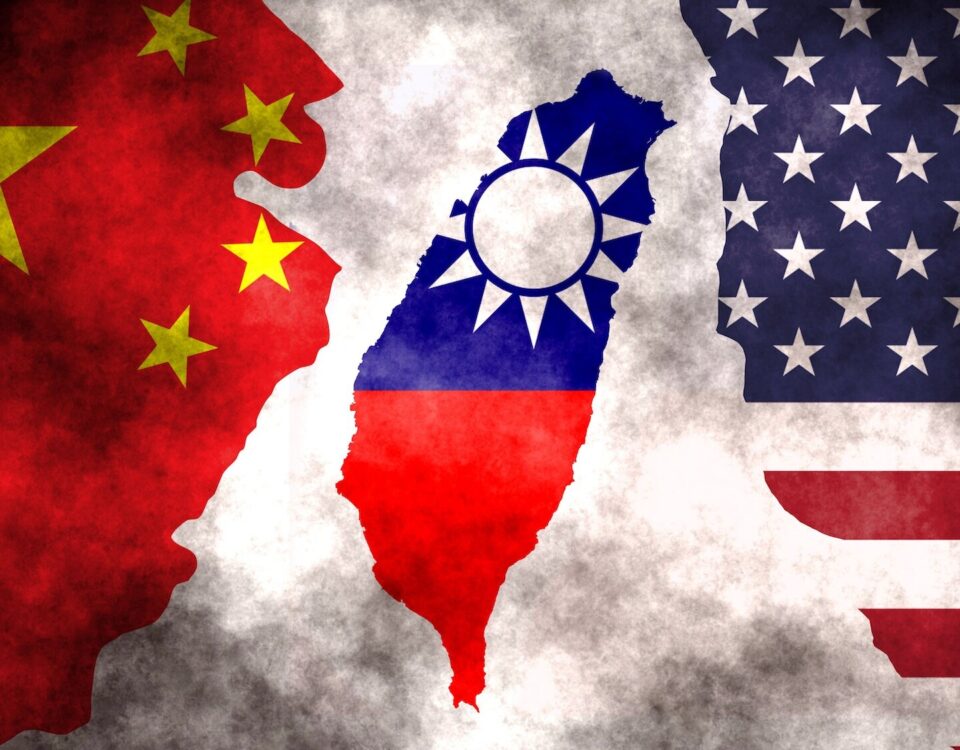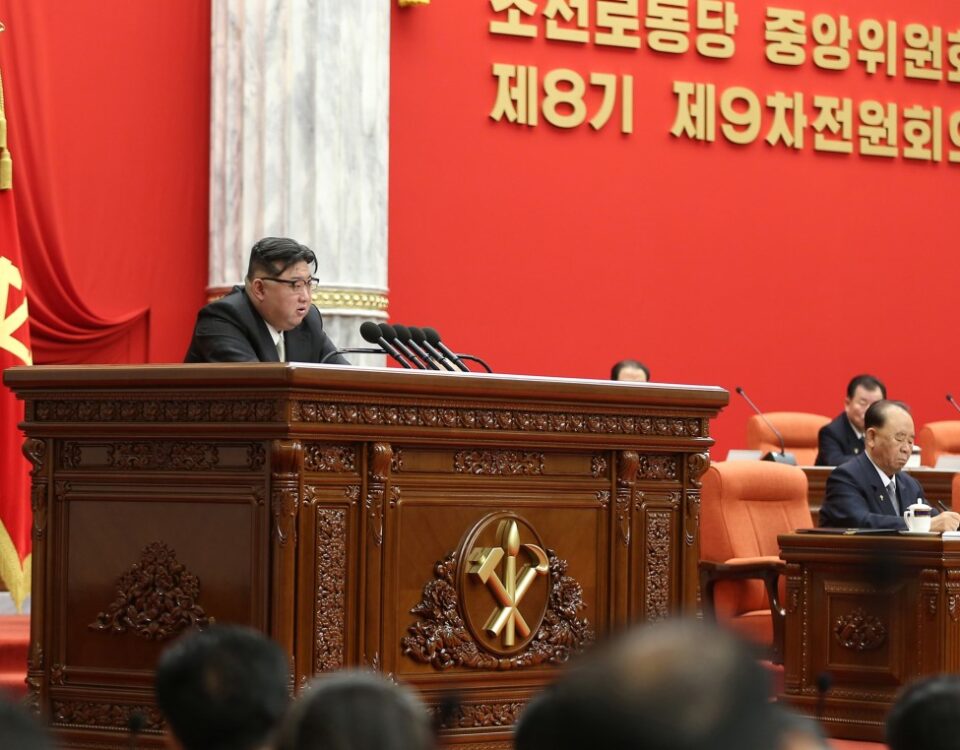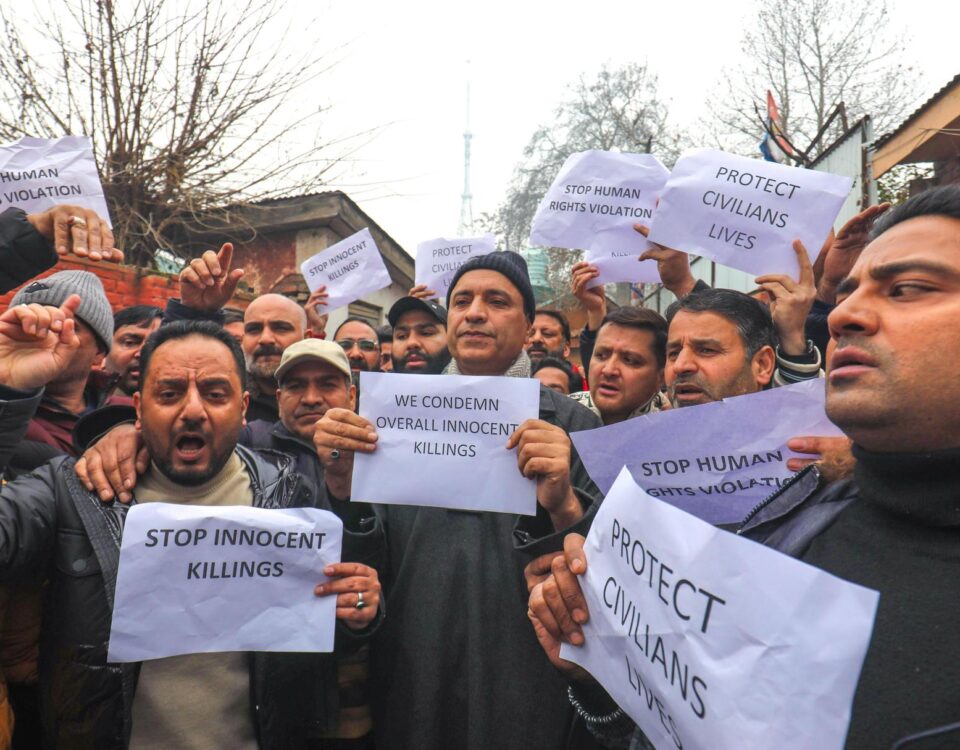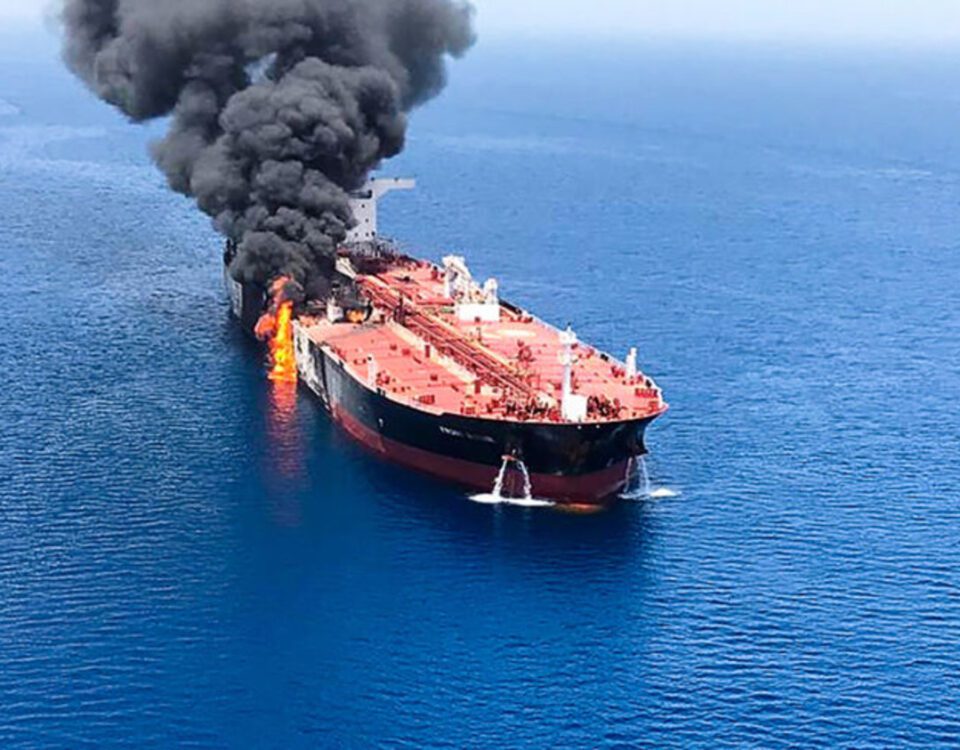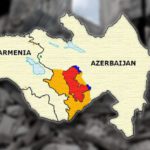
Geostrategic Crossroads: Historical Significance and Modern Geopolitics of Nagorno-Karabakh Conflict
November 10, 2023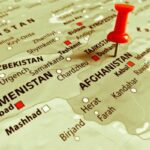
Afghanistan: What Now?
November 12, 2023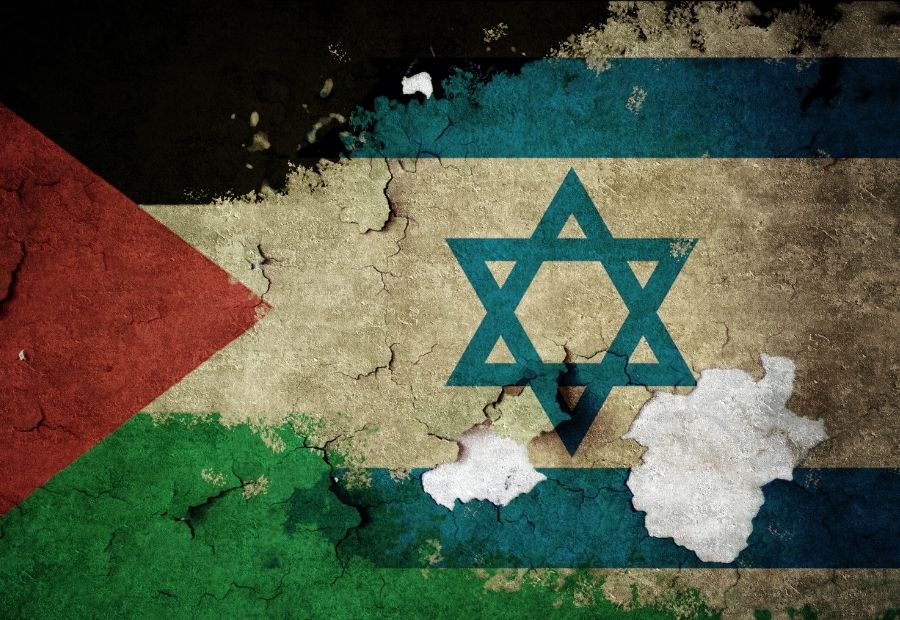
Ameena Sarfraz
The Israel-Palestine conflict, deeply entrenched in the historical fabric of the Middle East, unfolds as an intricate tale woven with threads of religious sentiments and political aspirations. To comprehend the intricacies of this enduring strife, we embark on a historical journey, peeling back layers against the canvas of a bygone era marked by harmonious coexistence among Muslims, Christians, and Jews in the region.
Root Causes:
At the core of the conflict lies the advent of Zionism, a political and nationalistic movement pushing for the establishment of a Jewish state. This ideological shift marked a departure from centuries of peaceful cohabitation. Noteworthy is the Balfour Declaration of 1917, where Britain expressed support for a “national home for the Jewish people” in Palestine, laying the foundation for future tensions.
Complexity through Lenses:
Examining the conflict through political and religious lenses reveals a symbiotic relationship between these dimensions. Political maneuvers leverage religious sentiments, and conversely, religious ideologies become tools for political objectives. This intricate interplay adds layers of complexity to an already convoluted situation. Tracing back to the late 19th century, Zionist pioneers’ immigration to Palestine under the Ottoman Empire initiated the Israeli-Palestinian conflict.
Brief History of the Political Structure of Palestine:
Historical scenarios further elucidate the roots of discord. The Palestine Liberation Organization (PLO), once an umbrella party encompassing various factions, faced internal strife due to loose organizational structures. Yasser Arafat’s ascent to power resulted in the exclusion of groups like Hamas. Arafat’s consolidation of power and subsequent closure of PLO memberships created a fragmented landscape. In the 1990s, the Oslo Accords were signed, providing a framework for peaceful coexistence, but repeated breaches by Israel strained the agreement.
Developing Base:
The question of whether the conflict is primarily political or religious finds nuance in the rise of Hamas. Influenced by the Muslim Brotherhood, Hamas amalgamates political and religious ideologies. Its victory in the 2006 elections reflects a populace seeking a blend of social welfare and political change. However, the exclusion of Hamas from the PLO and the assassination of prominent leaders by Israel heightened tensions.
Arab States’ Role:
While the solidarity of Arab states with Palestine might seem intuitive, geopolitical challenges and historical baggage impede swift and unified action. The delicate internal dynamics and historical experiences of these nations become significant hurdles. The Oslo Accords of 1993 aimed at peace, but the continuous expansion of Israeli settlements in the West Bank and East Jerusalem strained relations.
Divide and Rule Formula:
The geopolitics of the conflict is further complicated by the clear-headed stances of countries like the UK and the USA, maintaining their political outposts in the region. Conversely, nations supporting Palestine find themselves entangled in their regional issues, diluting the impact of their support. The Sykes-Picot Agreement of 1916, a secret understanding between the UK and France, further shaped the region’s destiny, disregarding local sentiments.
Other Routes for Israel:
Israel grapples with ethical and strategic dilemmas as it contemplates alternative approaches. Past hostage situations, such as the imprisonment of Gilad Shalit by Hamas, underscore the complex considerations that shape Israel’s decision-making beyond mere military calculations. The Shalit case, where over a thousand Palestinian prisoners were exchanged for his release, highlighted the high stakes involved.
Conspiracy Theories:
As one conflict concludes, another often emerges—a pattern seen on the global stage. The cyclical nature of global attention and alliances comes to the forefront, with the Israel-Palestine conflict becoming a pawn in the broader geopolitical game. Notably, the conflict often resurfaces during times of shifting global power dynamics, diverting attention from other pressing issues.
Possible Future Alignments:
Recent global events have hinted at a transformative shift in the alliances surrounding the Israel-Palestine conflict. The strategic interests of major powers, particularly Russia and China, suggest an extension of the conflict’s dynamics beyond its traditional boundaries. Russia’s condemnation of Israel’s air strikes on Gaza is not merely a diplomatic statement. It seems to be a strategic move, potentially exploiting the conflict to undermine the United States.
Meanwhile, China maintains a neutral stance on Israel’s bombardment of civilians in Gaza, revealing a carefully crafted position in the global arena. Recent Israeli attacks on Syrian airports and strategic assets have further enmeshed nations in the already complex geopolitical landscape. As the chessboard of international relations is rearranged, from the EU, Ireland openly declaring its support for Palestine adds another layer to the evolving narrative.
The G20 Summit in September 2023 unfolded with a game-changing plan—establishing rail and port links between the Middle East and South Asia. This collaborative initiative, featuring the United States, India, and Saudi Arabia, not only indicates a recalibration of regional dynamics but also sets the stage for a broader global impact. Interestingly, amidst these ambitious plans, the relations surrounding the Israel-Palestine conflict seem to have hit a roadblock. The intricate web of connections and realignments, the major powers of each region like the U.S., India, and Saudi Arabia recalibrating their regional strategies, now face a halt in one of the most enduring conflicts.
The global reactions underscore a seismic shift in major powers’ approaches to the Israel-Palestine conflict. The geopolitical chessboard is being reshaped, and the pieces are moving in ways that transcend the boundaries of the region, creating a narrative that reaches far beyond its historical confines. To navigate this complex landscape, we must acknowledge the multifaceted nature of this enduring struggle, unravelling its layers to truly understand its essence. The conflict’s historical roots, intertwined with political and religious dimensions, serve as a poignant reminder of the challenges faced in seeking a lasting resolution.
The author is a student of Defense and Diplomatic Studies at Fatima Jinnah Women University, Rawalpindi.


